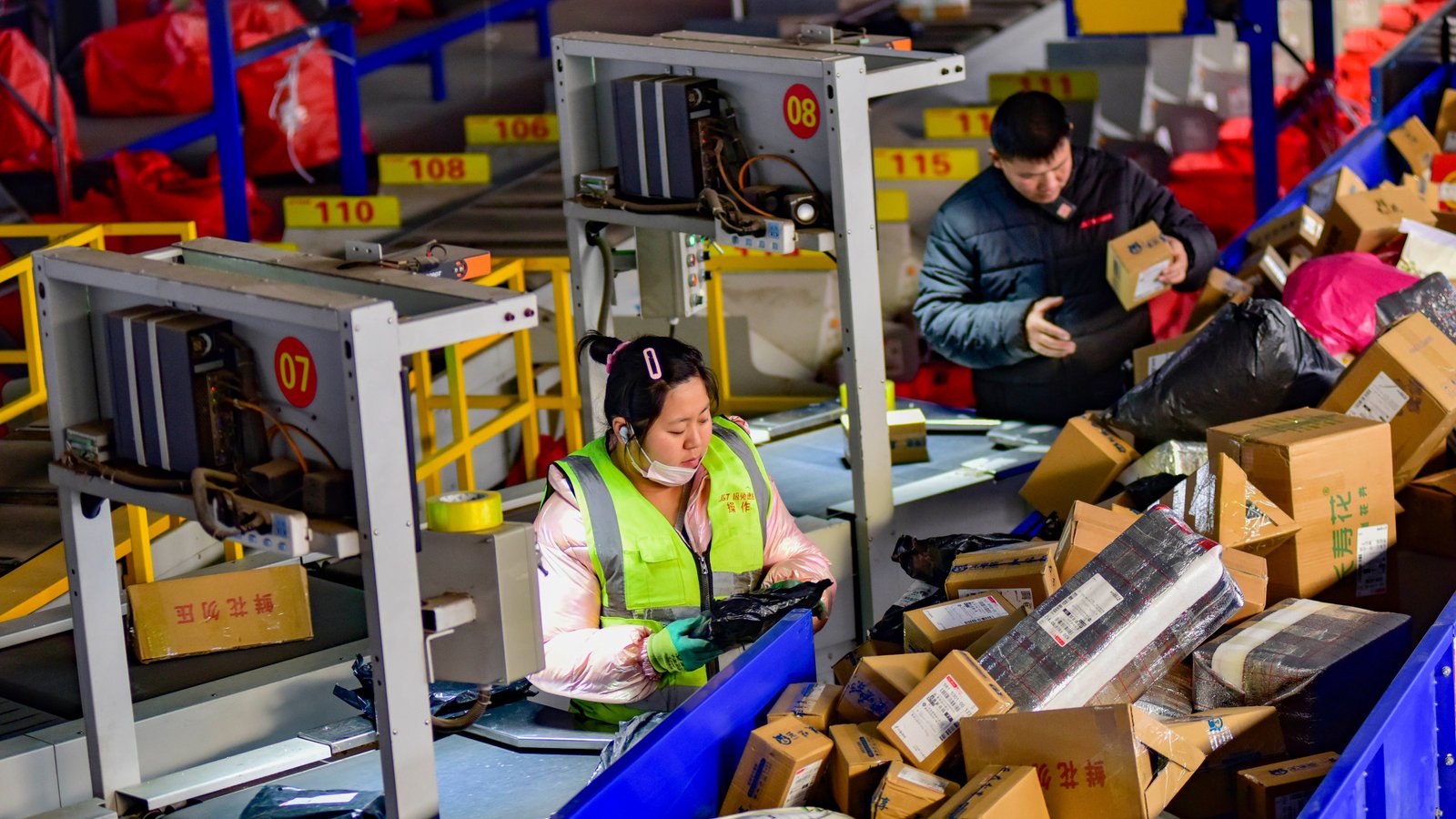The World Bank has issued a sobering forecast for the global economy, warning that it is facing serious headwinds as it looks ahead to 2025 and 2026. The international financial institution projects global economic growth to stagnate at 2.7% over the next two years, a significant slowdown from previous expectations. This forecast highlights a confluence of risks and uncertainties that continue to challenge economies worldwide.
Among the key factors contributing to the global economic outlook, the World Bank cites persistent trade conflicts and the ongoing trade wars, particularly between major economies like the United States and China. These disputes have disrupted global supply chains, increased uncertainty in international markets, and added significant costs to businesses and consumers alike. The report underscores that trade protectionism is a major drag on the global economy, stalling the recovery of global trade volumes and creating a volatile business environment.
Another major concern is inflation, which remains stubbornly high in many parts of the world. Central banks, particularly in advanced economies, have struggled to control inflation through traditional means like interest rate hikes, but have faced challenges in bringing inflation down to manageable levels without triggering a recession. Delayed interest rate cuts in key economies are seen as contributing to ongoing financial strain, which in turn has slowed the pace of economic recovery, particularly in emerging and developing markets.
Developing nations are expected to bear the brunt of these economic challenges. The World Bank warns that the economic slowdown, coupled with rising inflation, will likely push many countries further into poverty. The global food crisis, coupled with climate-related disruptions, is expected to exacerbate poverty levels, leading to increased inequality and social unrest in vulnerable regions.
The World Bank urges international cooperation to address these challenges, stressing the need for policy coordination and structural reforms to foster more resilient and inclusive global growth. As the world navigates these turbulent times, the path forward will require concerted efforts from governments, financial institutions, and businesses to mitigate risks and build long-term economic stability.


















hossman
Ok
Happy
It will affect the economy
KHANDY
Ok
Walker
Good
Marena25
Good
Adungchaab
Hmm
Suhuyini
Okay
Successventuresgh
?